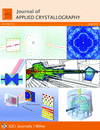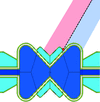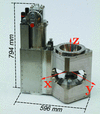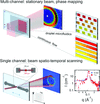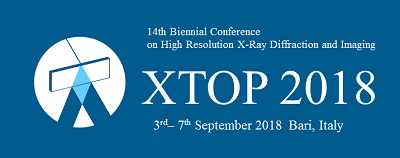issue contents
Advanced neutron scattering instrumentation special issue (June 2018)
Guest editors: Dimitri N. Argyriou and Andrew J. Allen
Guest co-editors: Masatoshi Arai, Kenneth W. Herwig, Flora Meilleur, Kenji Nakajima and Dan A. Neumann
This virtual special issue of Journal of Applied Crystallography highlights some innovative advances in neutron scattering instrumentation at facilities around the world that address a broad scientific and industrial scope of applications. The issue brings together articles originally published in the journal between February and June 2018 and marks the 50th anniversary of the journal.

Cover illustration: Courtesy of Andersen et al. [J. Appl. Cryst. (2018), 51, 264–281], Kurihara et al. [J. Appl. Cryst. (2018), 51, 596–605], Lopez et al. [J. Appl. Cryst. (2018), 51, 570–583], Piltz [J. Appl. Cryst. (2018), 51, 963–965], Sala et al. [J. Appl. Cryst. (2018), 51, 282–293] and Ye et al. [J. Appl. Cryst. (2018), 51, 315–322].

 access
accessThe concept, design and performance of the variable-wavelength Bonse–Hart ultra-small-angle neutron scattering diffractometer KOOKABURRA at ANSTO are described.
 access
access access
access access
access access
access access
access

 journal menu
journal menu







